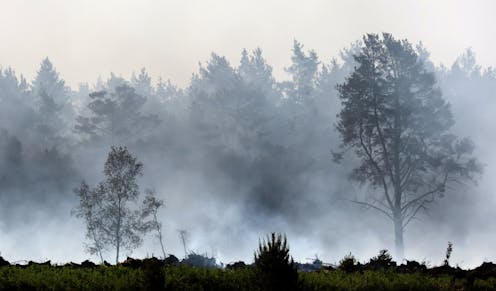
The blanket of wildfire smoke that spread across large parts of the U.S. and Canada in 2023 was a wake-up call, showing what climate change could feel like in the near future for millions of people.
Apocalyptic orange skies and air pollution levels that force people indoors only tell part of the story, though.
As global temperatures rise, fires are also spreading farther north and into the Arctic. These fires aren’t just burning in trees and grasses. New research on the exceptional Arctic fire seasons of 2019 and 2020 points to fires moving into the ground as well.
These underground fires are known as “zombie fires,” and there are a number of reasons to worry about the trend.
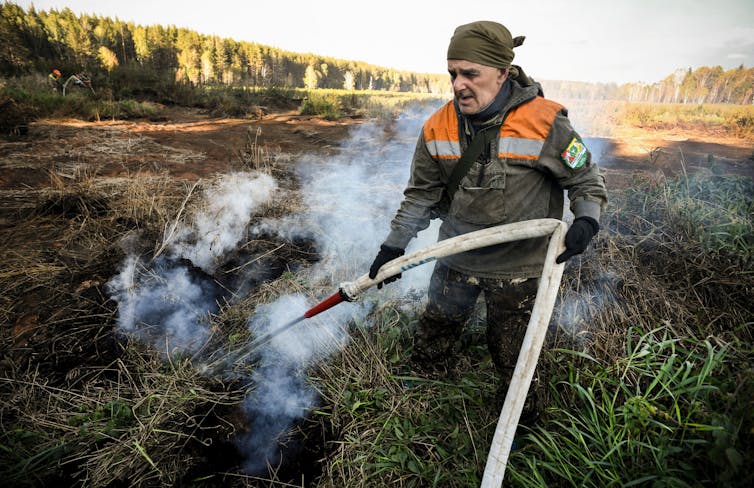
First, as the organic-rich Arctic soils dry up because of changing climate conditions, they can burn slowly and release vast amounts of smoke into the atmosphere.
Second, soil fires that spread underground are harder for firefighters to tame and extinguish, thus demanding more resources for longer periods of time. Firefighters in Alberta, Canada, where carbon-rich peatlands are common, have been dealing with fires smoldering to depths dozens of feet underground in 2023. Because peat fires can make the ground unstable, using heavy equipment to excavate the fire areas also becomes risky.
Finally, these soil fires don’t die easily. Recent research finds that Arctic soil fires can smolder through the winter and reignite during early spring when temperatures rise, hence the nickname “zombie fires.”
The Arctic is increasingly flammable
Wildfires have been a natural part of northern forest and tundra ecosystems for thousand of years. However, the severity, frequency and types of wildfires in northern and Arctic regions have changed in recent decades.
One major culprit is the rising temperature: The Arctic is warming nearly four times faster than the rest of the world, a phenomenon known as Arctic amplification.
While governing bodies that are working to curtail the pace of climate change worry about exceeding a 1.5-degree Celsius (2.7-degree Fahrenheit) threshold globally, the Arctic has already exceeded a 2 C (3.6 F) increase compared with pre-industrial times. That rise in temperature brings with it a number of changes to the environment that make the forest and tundra more susceptible to burning, for longer, and in more extensive ways than just a few decades ago.
Among the changing conditions that favor wildfires are changes in atmospheric circulation that create periods of extreme heat, dry out vegetation and reduce moisture in soils, and, importantly, lead to more frequent lightning strikes that can spark blazes.
Although lightning remains infrequent at very high latitudes, it is expected to increase and expand over larger territories into the far north as the climate warms and generates more storms that can produce lightning. In 2022, thousands of lightning strikes help sparked one of Alaska’s worst fire seasons on record.
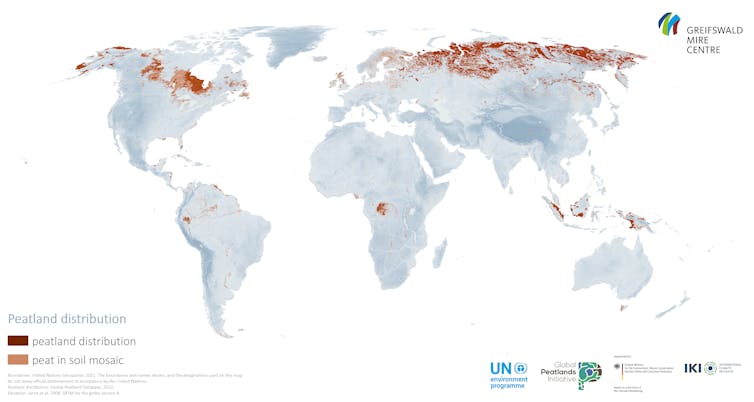
As the Arctic warms and fires move farther northward, peat soils rich in dead plant material burn at an accelerated rate.
The burning peat also removes the layer insulating permafrost, the region’s frozen carbon-rich soil. Northern ecosystems store twice as much carbon in their peat and permafrost as the atmosphere, and both are increasingly vulnerable to fire.
About 70% of recorded area of Arctic peat affected by burning over the past 40 years occurred in the last eight years, and 30% of it was in 2020 alone, showing the acceleration.
What is a zombie fire?
Most people picture wildfires as catastrophic flames consuming trees and grasses. Ground fires, on the other hand, do not flame but burn more slowly and have the tendency to spread deep into the ground and spread laterally.
The result is that ground-smoldering fires are not only less visible, but they are also less accessible and require digging up and dousing with lots of water.
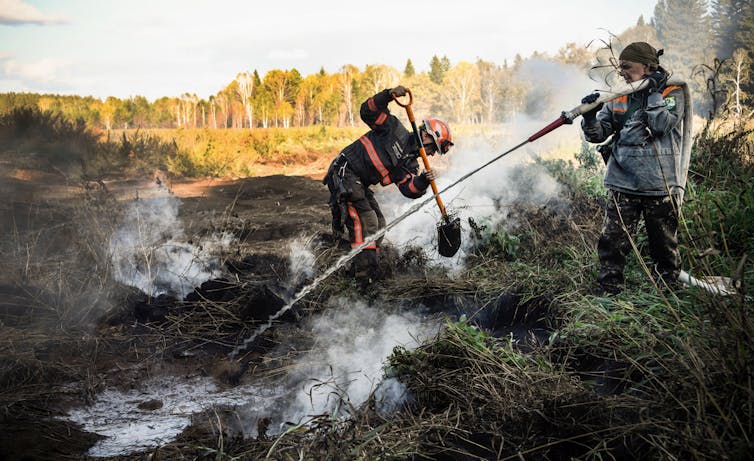
These smoldering fires also produce more smoke because of their lower temperature of combustion. Ultra-fine particles in smoke are particularly harmful to the respiratory and cardiovascular systems and can be carried far and wide by winds.
Because of the slow combustion process and the abundance of fuel in the form of carbon and oxygen, smoldering ground fires can also burn for months and sometimes years. They have been shown to “overwinter,” persisting through the cold season to reemerge in the warm, dry season. During the 2019-2020 fire season in Siberia, zombie fires were blamed for rekindling fires the following year.
Some of these ground fires can become so massive that they release smoke plumes that cover vast geographical regions. In 1997, peat fires in Indonesia sent dangerous levels of smoke across Southeast Asia and parts of Australia and increased carbon emissions. They were ignited by slash-and-burn activities to plant palm plantations and amplified by drought conditions during a severe El Niño event.
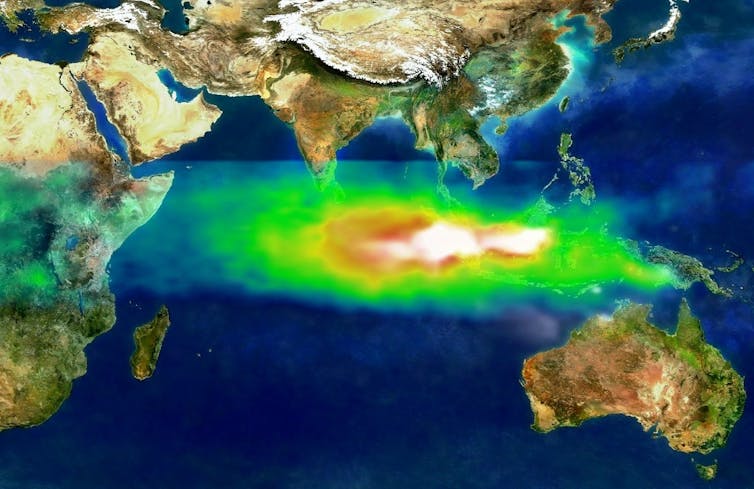
Some hope and caution from past lessons
I have been studying the effects of wildfires on air and water, including in the Arctic, for many years. My work and that of many colleagues, however, focus on the combustion of above-ground biomass. More work is needed to understand the full extent of zombie fires in the Arctic and their potential for carbon and smoke emissions on a large scale. One recent study conducted at a handful of Canadian sites offered some hope, suggesting underground fires there were burning more in tree roots than in soil, suggesting potentially lower carbon emissions in some areas.
In the meantime, the continuing waves of wildfire haze in Canada and the U.S. are a reminder of the impact of these fires.
More regions will need help from trained firefighters, meaning sharing firefighting resources. Canada has seen an unprecedented level of international fire support in 2023. Best practices for safely fighting zombie fires are also needed, along with better public education about the health risks of wildfire smoke.
As a society, we are learning to live with some of the effects of climate change, but the risks are rising around the world.
Patrick Louchouarn receives funding from NASA-USDA (Carbon Cycle Science Program); Welch Foundation (student support); NSF-REU
This article was originally published on The Conversation. Read the original article.







